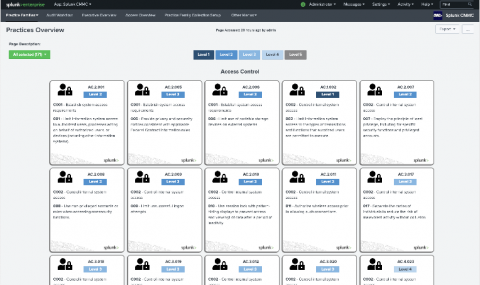Open Source Organizational Culture
I am not an engineer. I’m a director of human resources. I don’t work in a technical space, but the concept of open source is fascinating to me as it applies to organizational culture. A company like Gravitational that has intentionally chosen open source as a foundation for our work makes not only a technical decision, but a cultural one. We’re finding that employees and candidates care deeply and appreciate our choice. Open source is a big deal for us.









